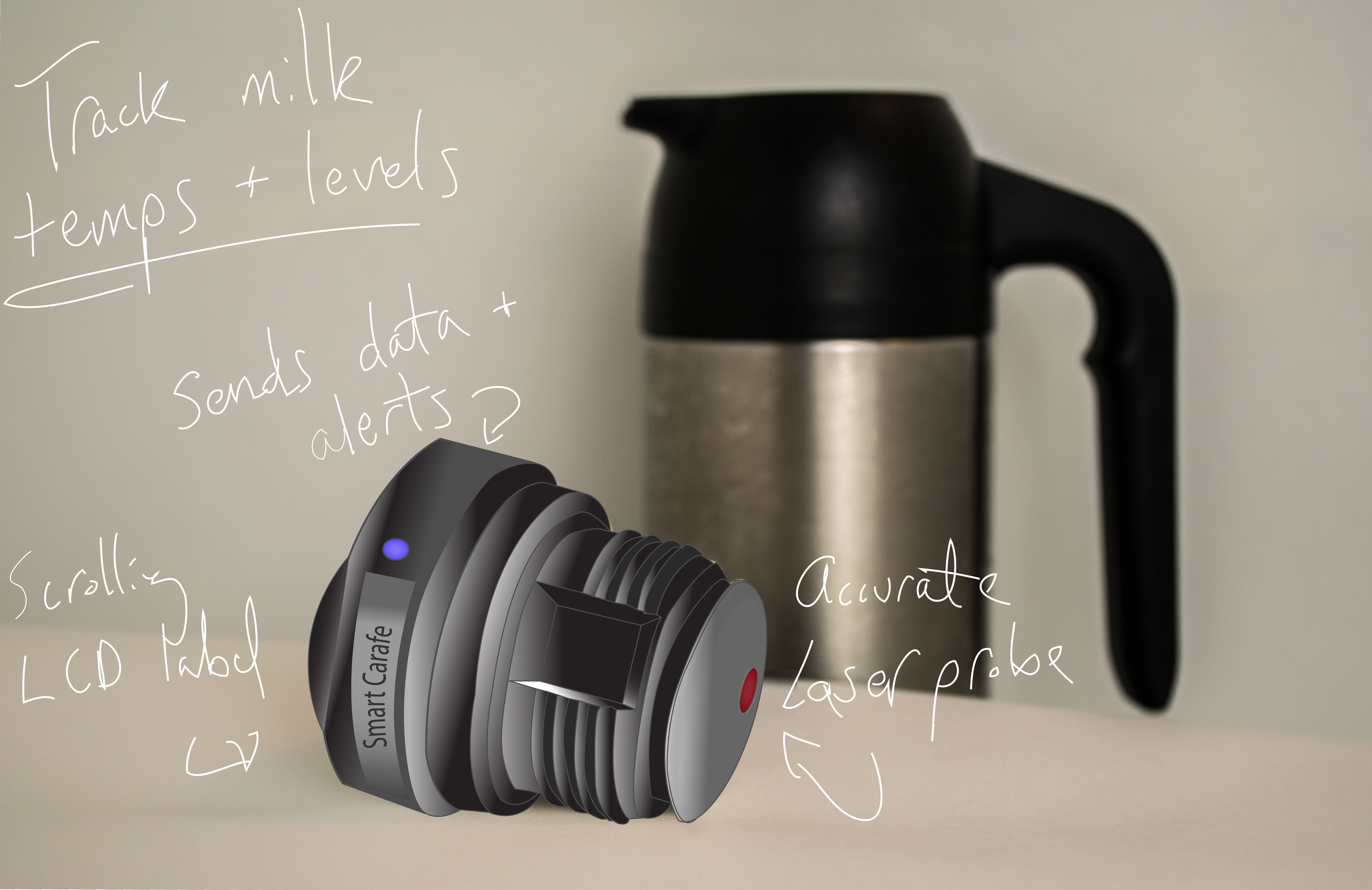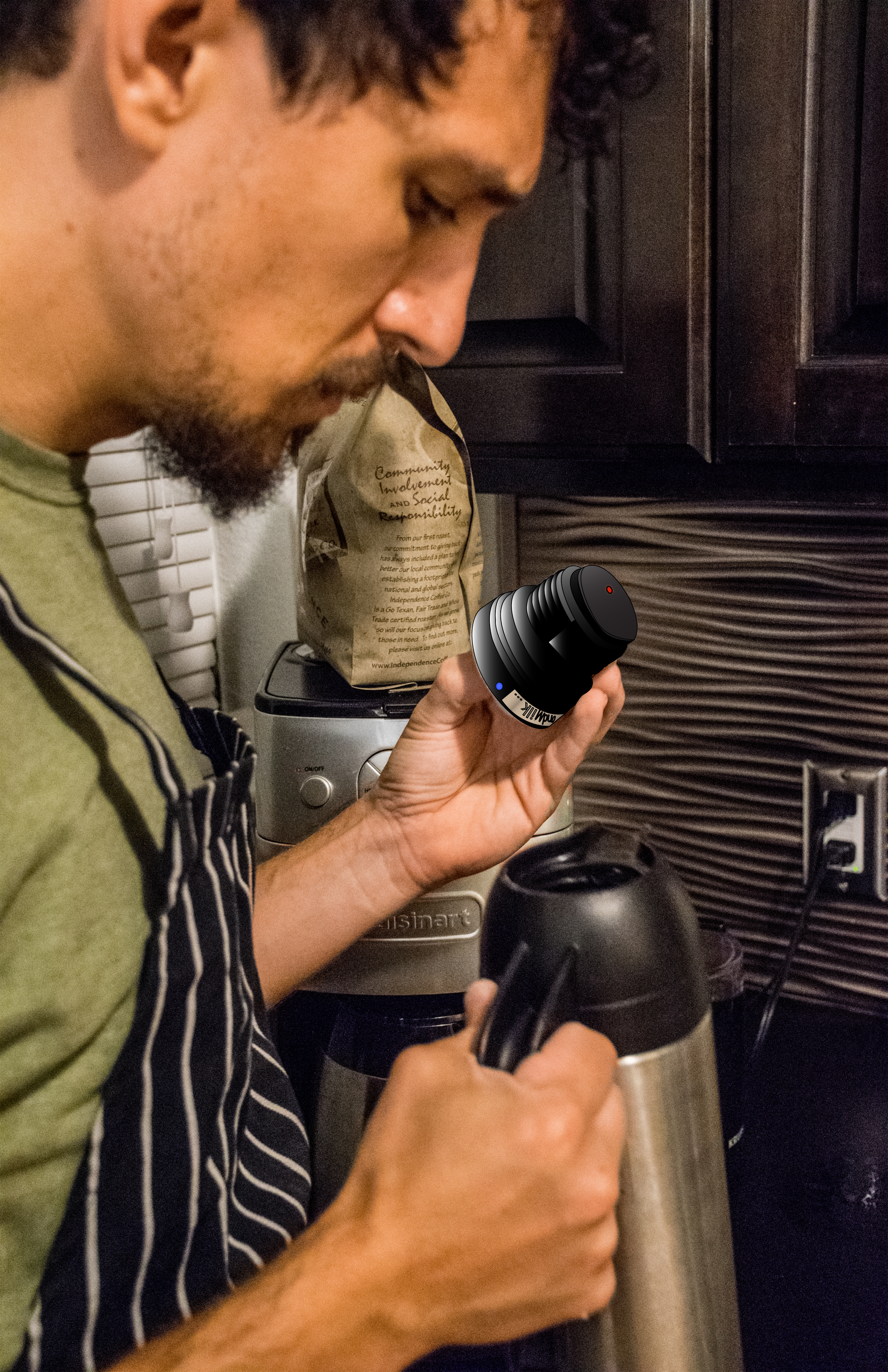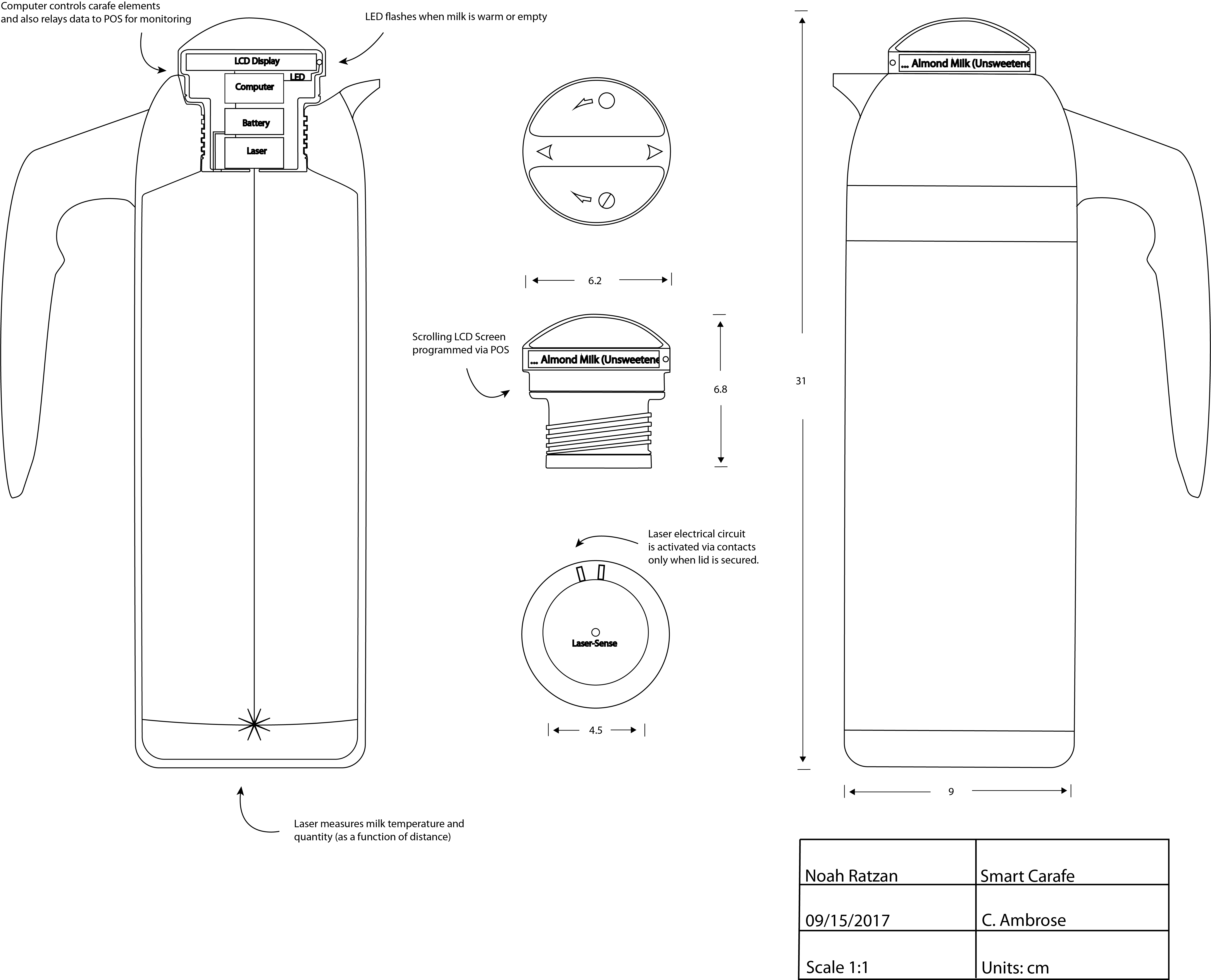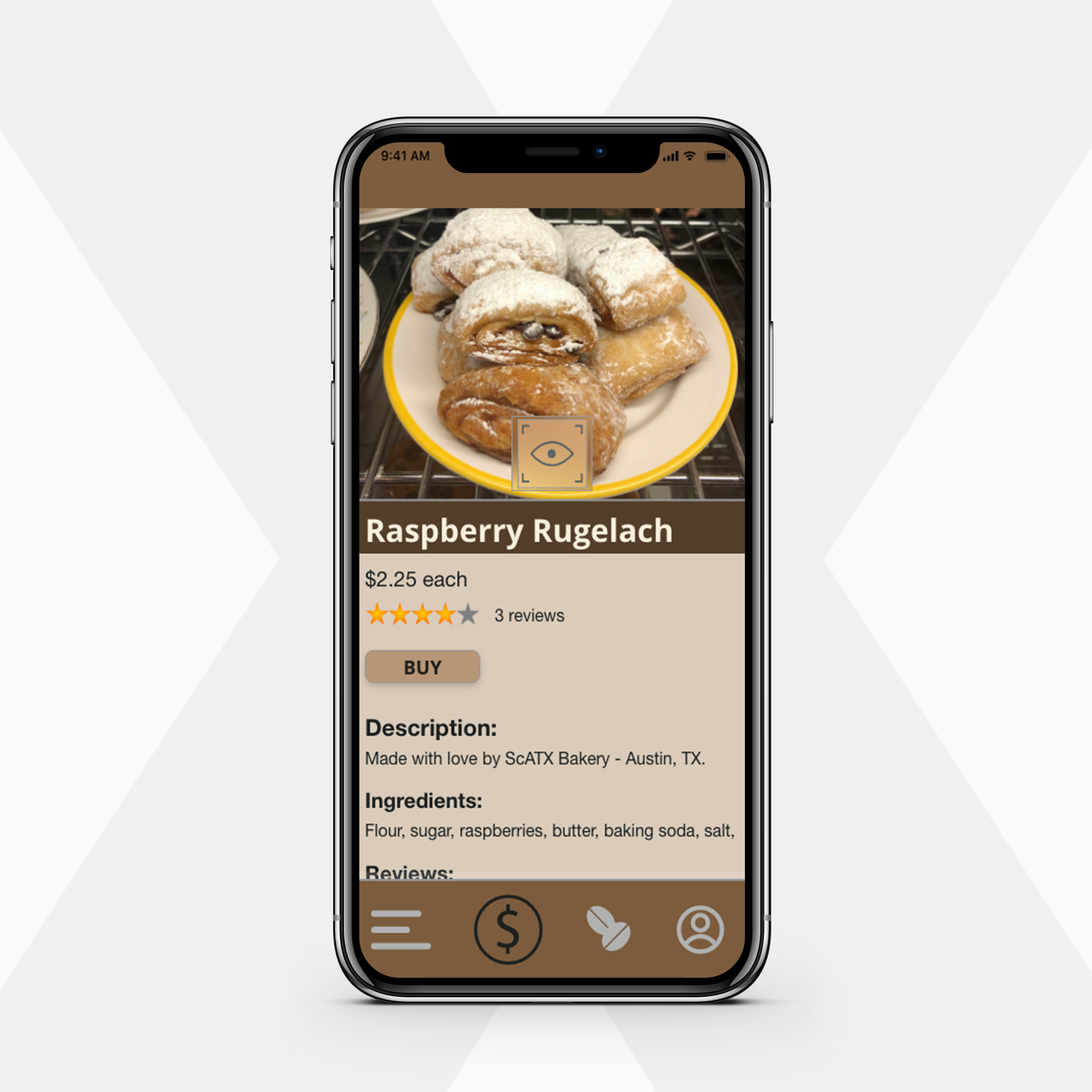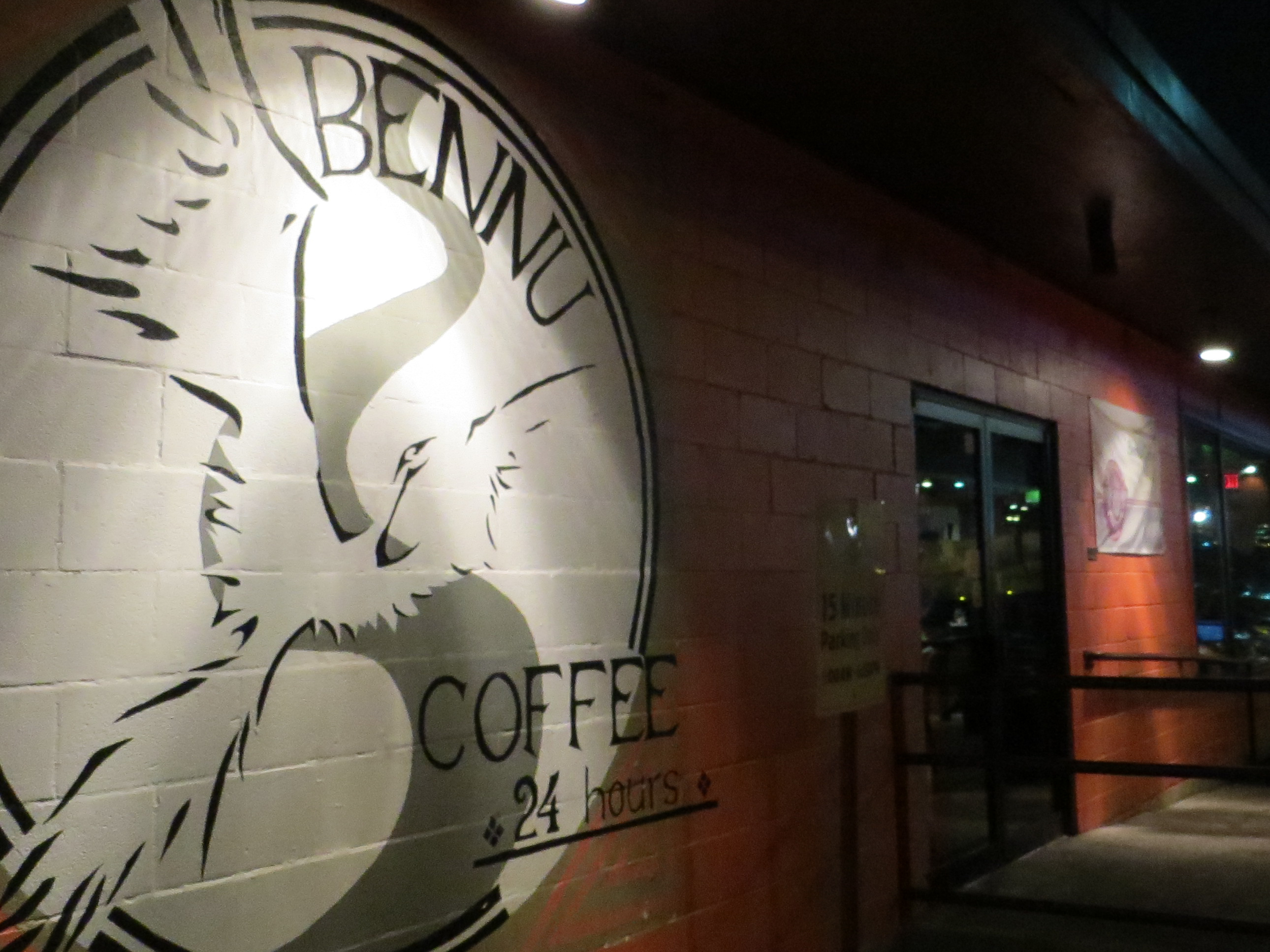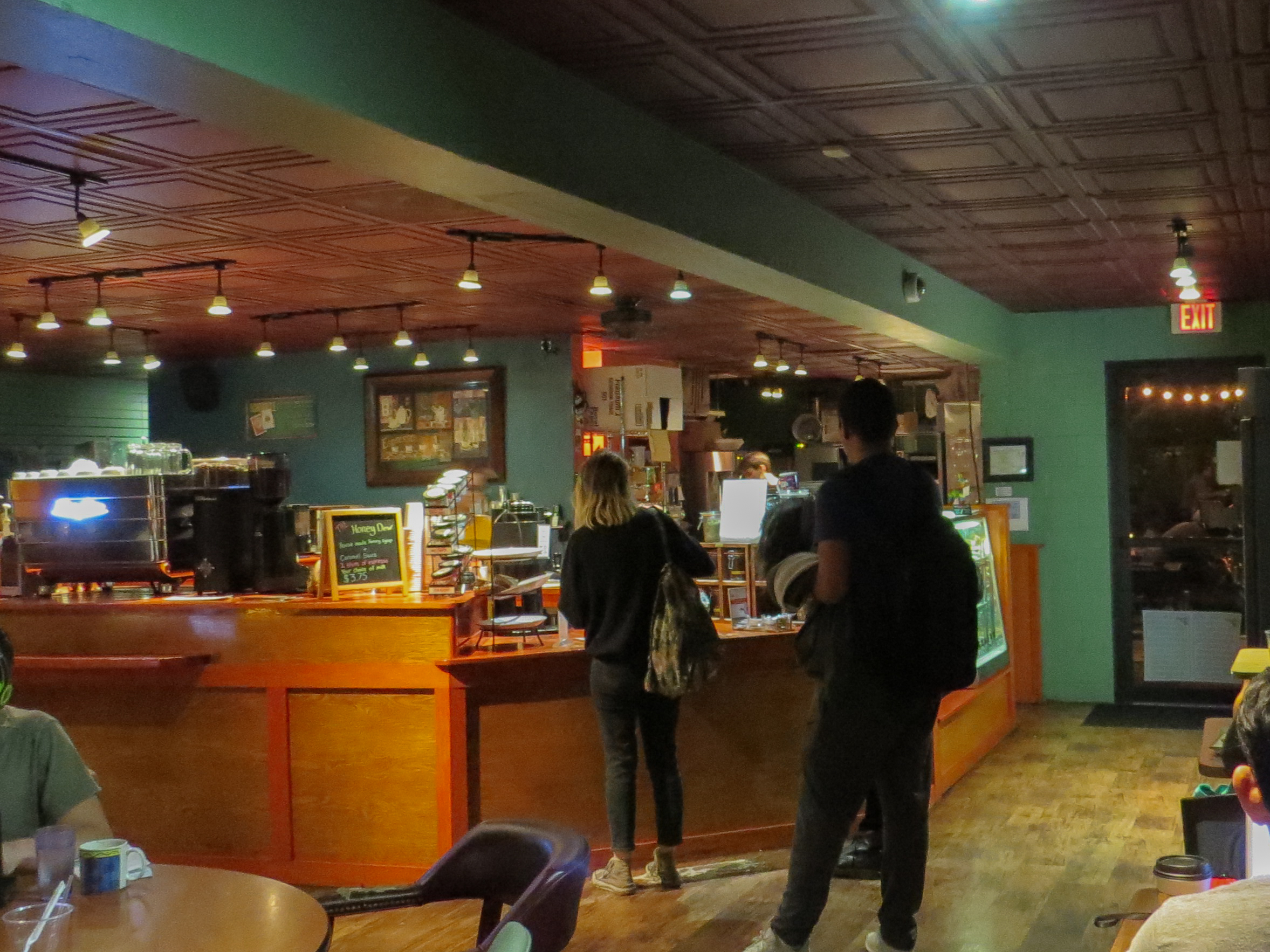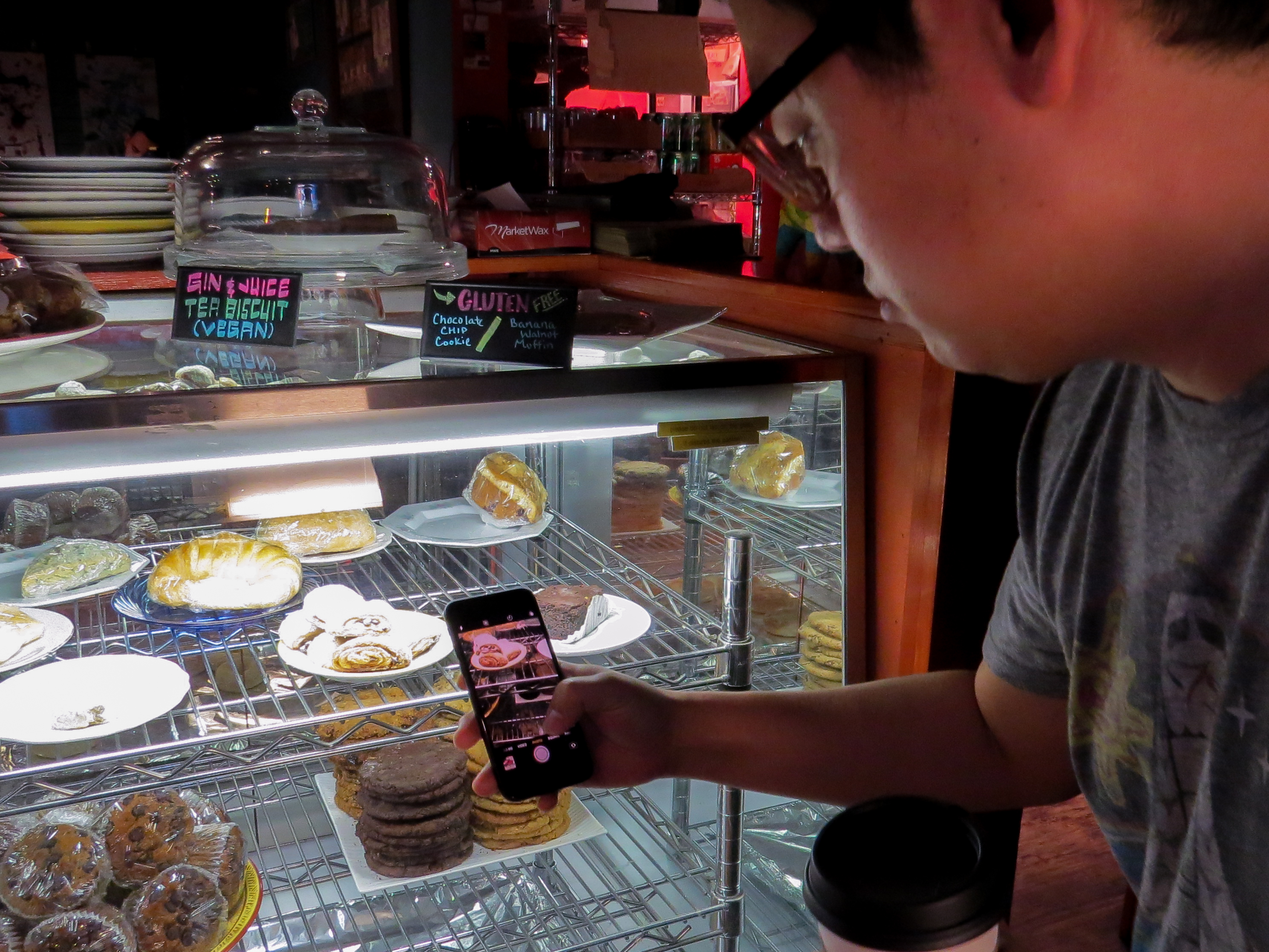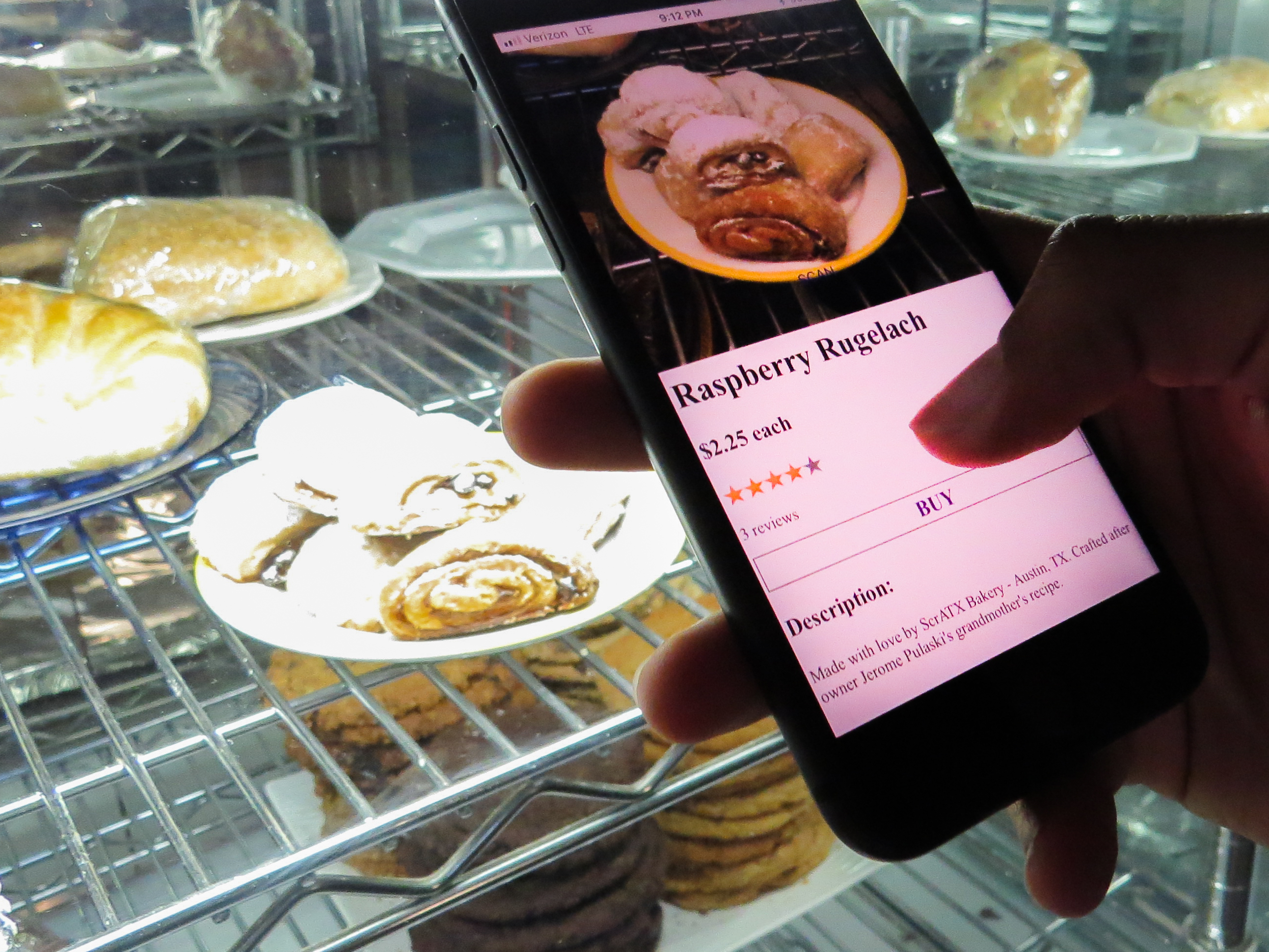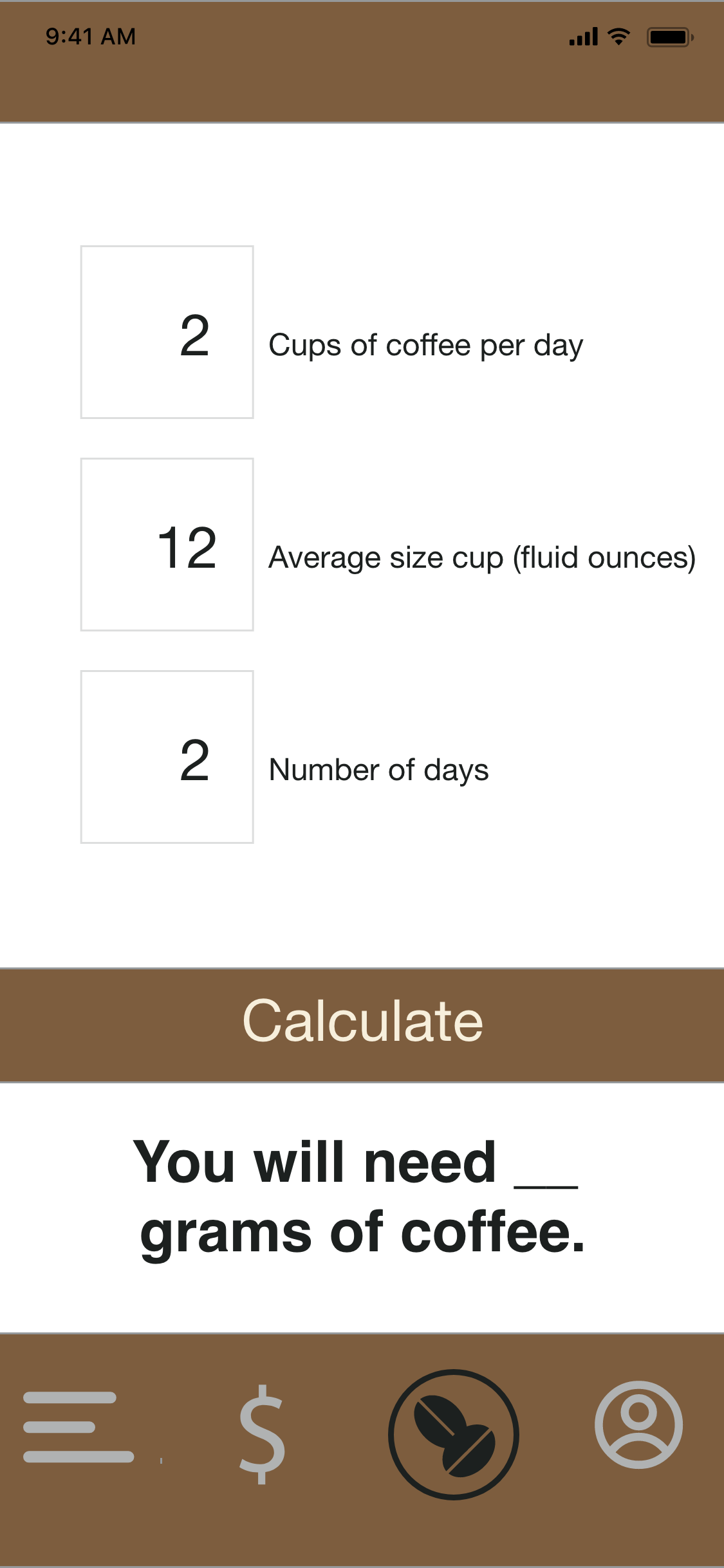BEAN (for cafe staff)
Coffee Grinder control
Problem:
Cafes serve a wider range of coffee brewing techniques every year. Each style requires a different courseness of coffee grind. What's more, customers brew these styles at home. Grinding a variety of beans and coffee grinds for use in-house and for sale to customers is cumbersome to deliver in a cafe. How can technology help deliver this variety of product?
Solution
The grind feature in the Bean app allows the barista to grind beans to exact specifications quickly and without manual settings in the grinder. This app suggests the development of a "smart" grinder that can pair with and be controlled by the Bean app. Once paired, simply select from the pre-sets for grind-style or bean and press "Grind". The settings can be configured to customize the brew and bean types available at the cafe.
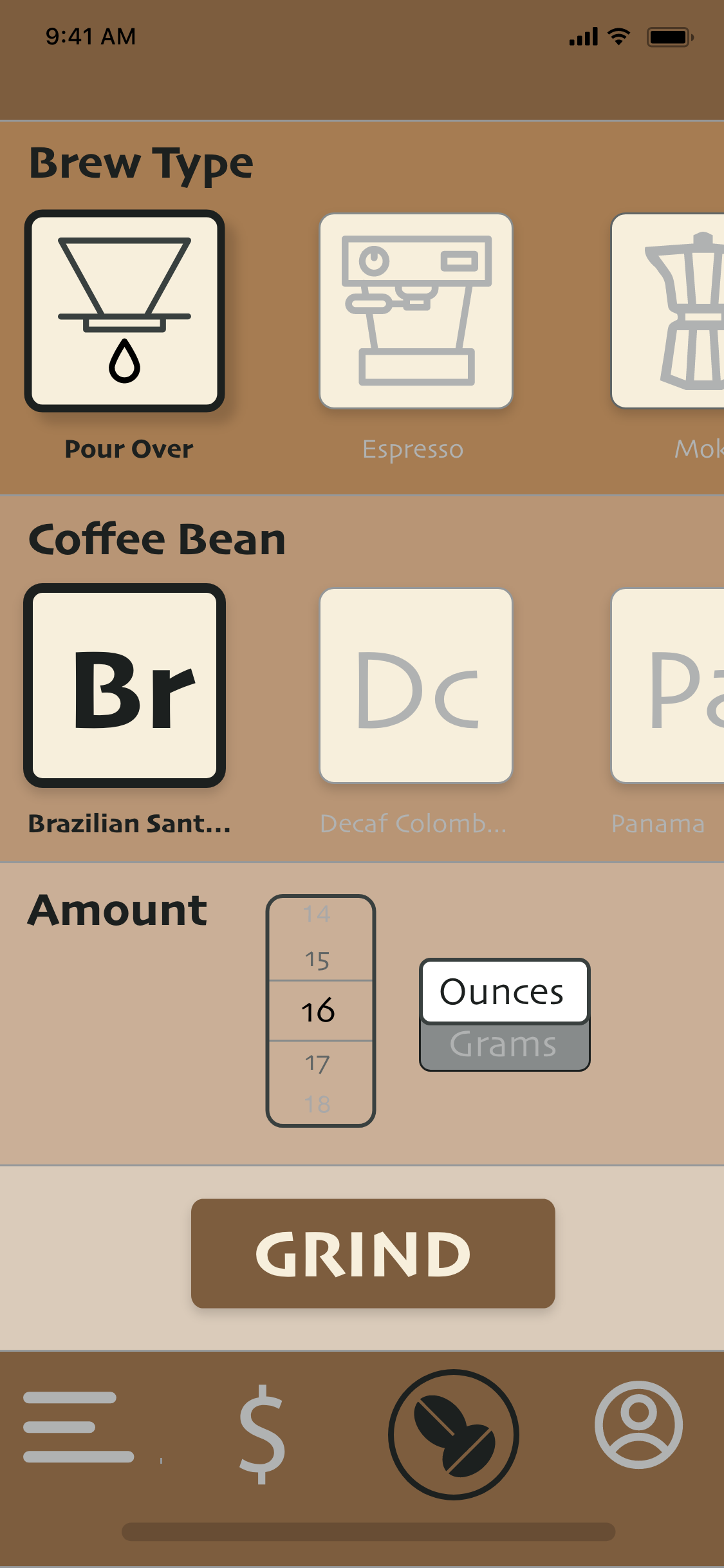
Customer Profile
Problem:
One of the defining features of the cafe is the sense of community found there. One down-side of digital technology, however, is that opportunities for connection are missed because individuals are absorbed in their phones or computers. How can cafe staff support customers to feel welcome and known in their cafe?
Solution
The Bean app supports staff to develop relationships with customers through the customer profile feature. Customers can opt-in to create an account when they make a purchase, and afterward, staff can reference the profiles to improve the customer experience.
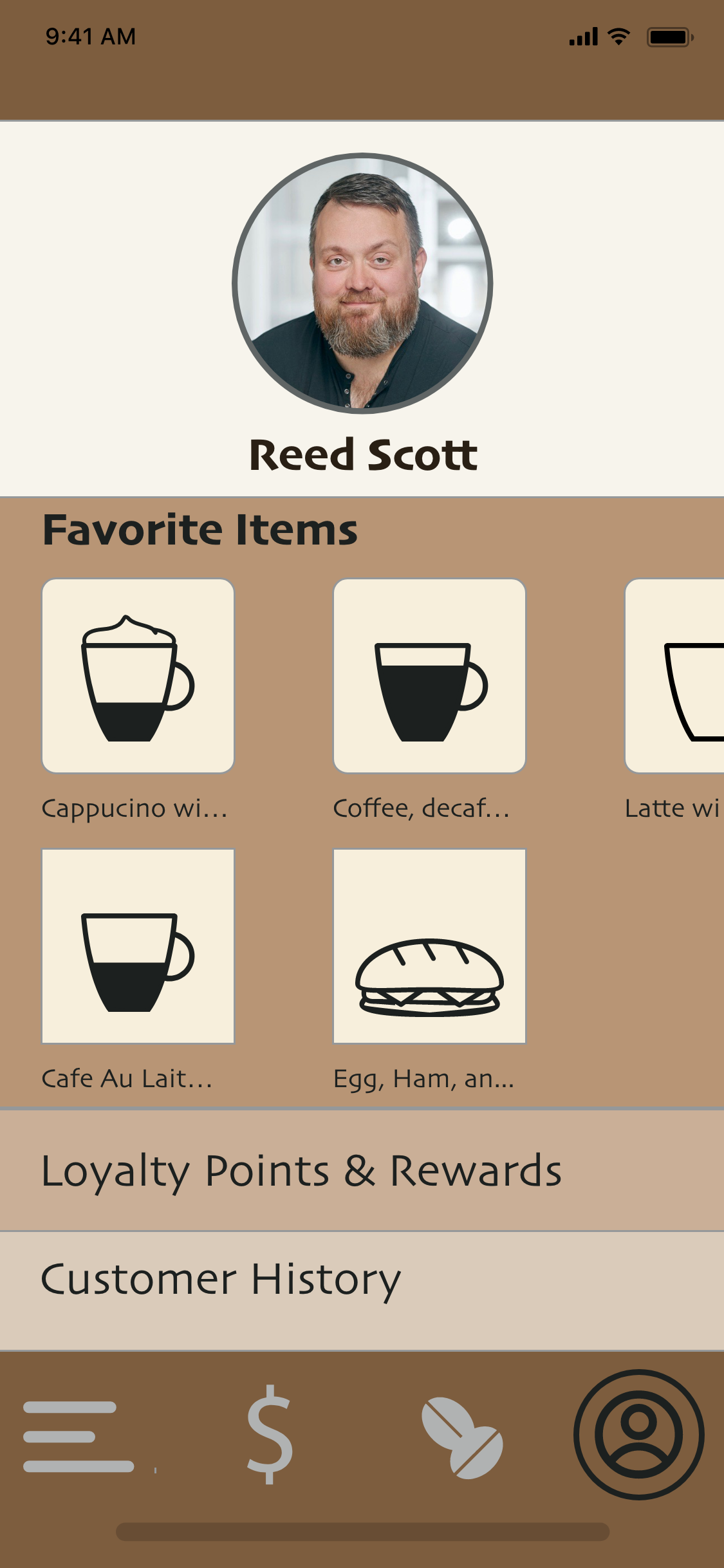
Visual Drink Creator
Problem:
From making their own beer to roasting their own coffee, modern consumers are more and more taking the reins in crafting their consumer experience. How can technology create engaging opportunities for customers to shape the coffee drinks they consume in a cafe?
Solution
The Visual Drink Creator is a feature that displays at check-out so consumers can select their drink types, add-ons, and features.
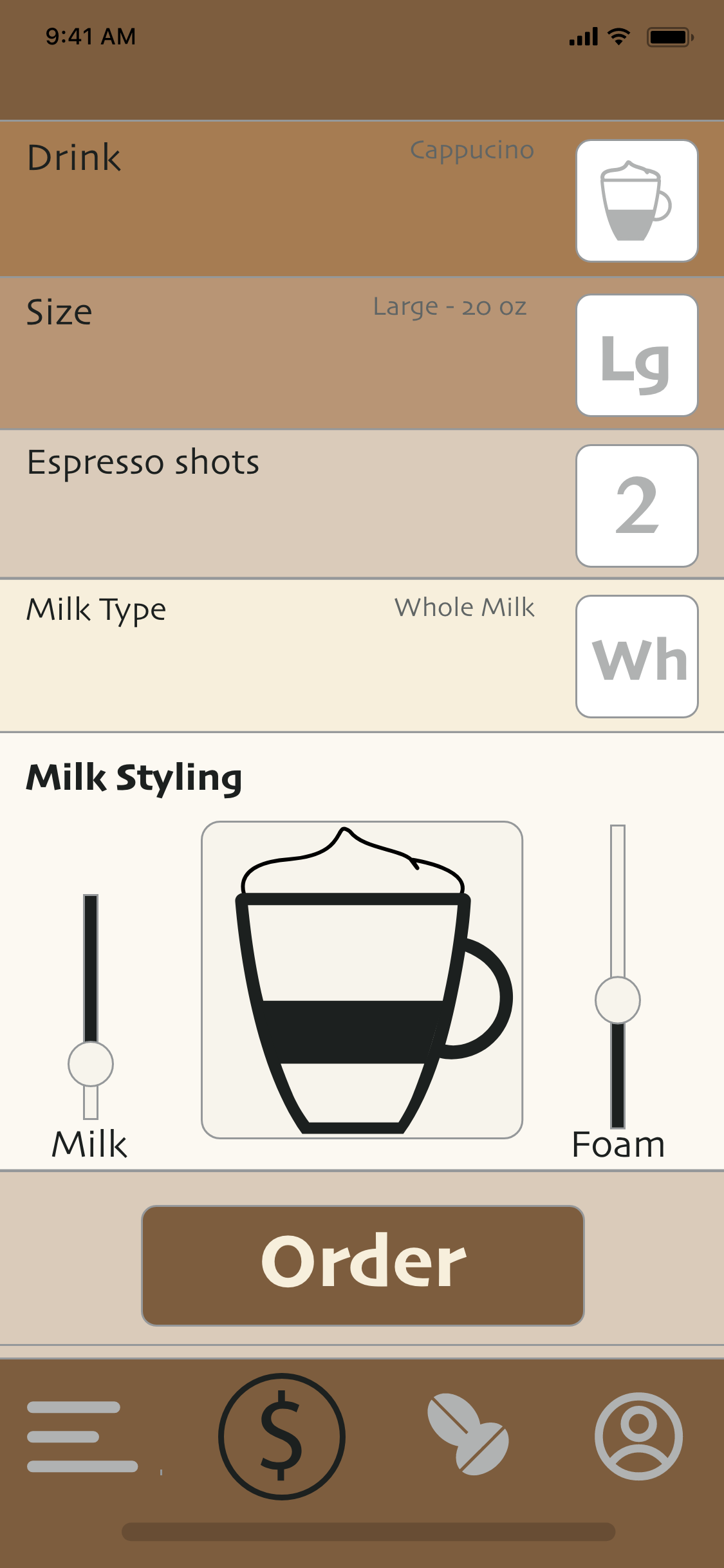
Milk-Sense 2.0
Problem:
The milk and cream offered at a cafe are usually left for customers to add on their own. Keeping these containers replenished is important to satisfy customers, and keeping them at a safe food-handling temperature is critical to avoid food-poisoning. Is there a way technology can make it easier to keep these containers full and safe to drink?
Solution
Milk-Sense is a device integrated in the container top which helps staff members monitor milk and cream containers remotely to ensure they're full and safe to drink.
Milk-sense uses an inexpensive laser and wireless chip to track the quantity and temperature of liquid inside the milk container. By measuring the distance between the lid and the liquid, the device can determine both the amount of remaining liquid in the container and the temperature of the liquid.
The prototype is designed to fit the Nissan Thermos - the most commonly found milk carafe. It's used in Starbucks and many other cafes around the world.
